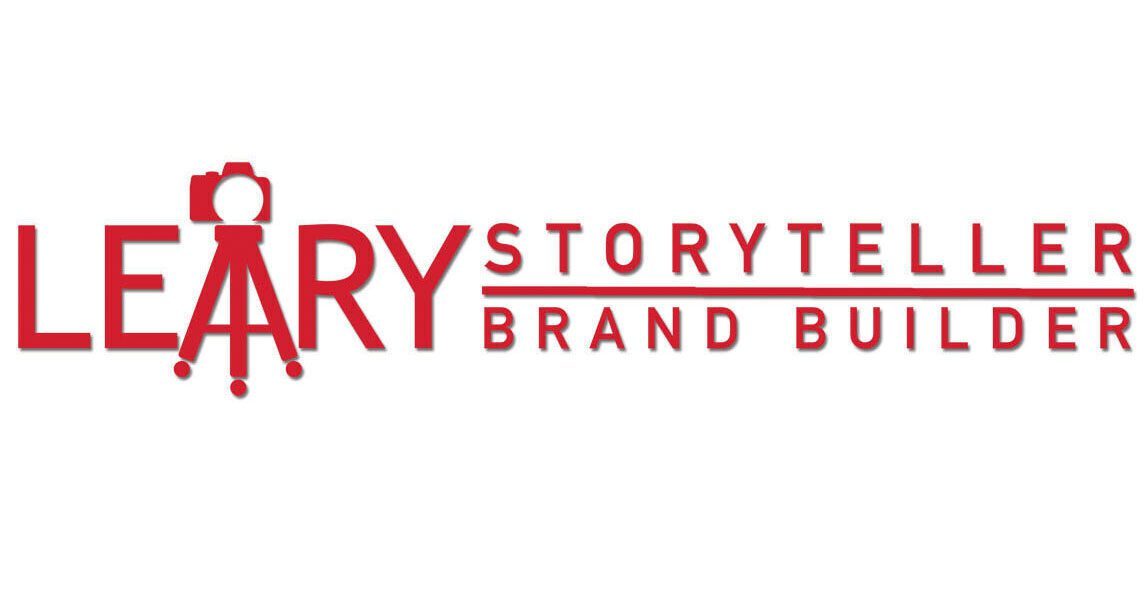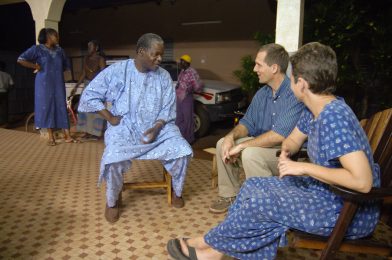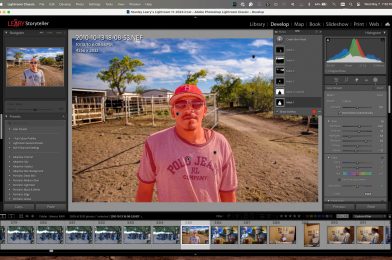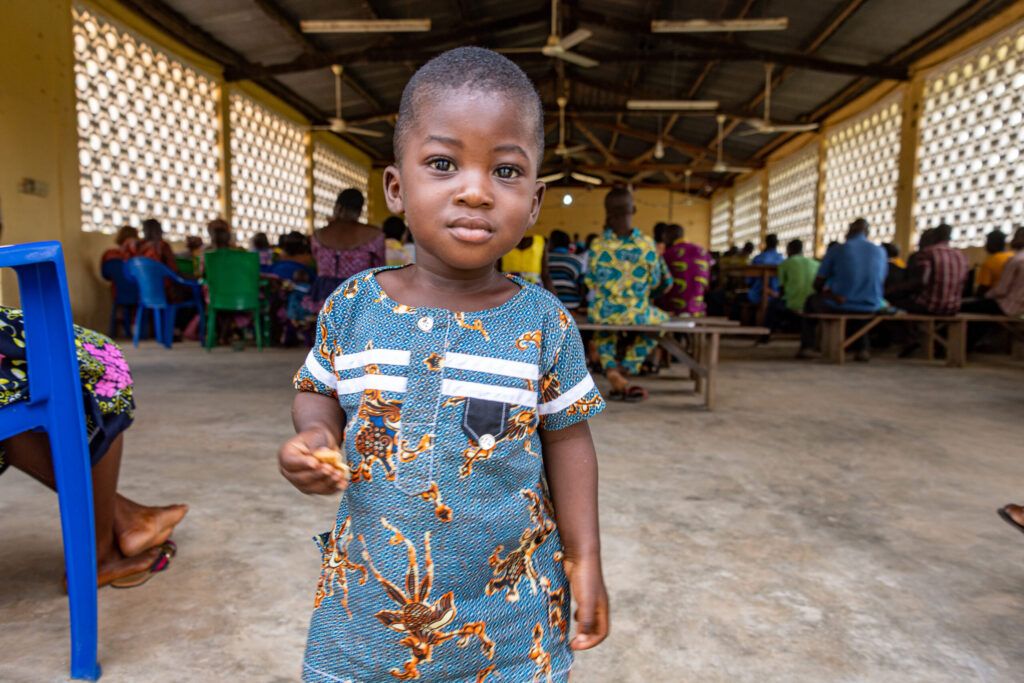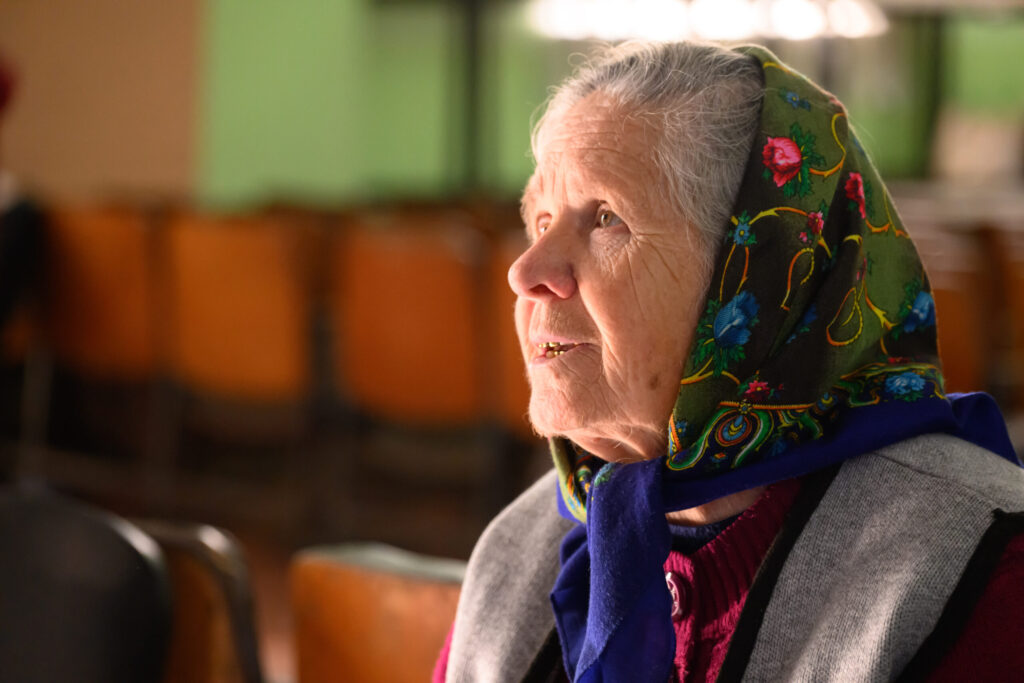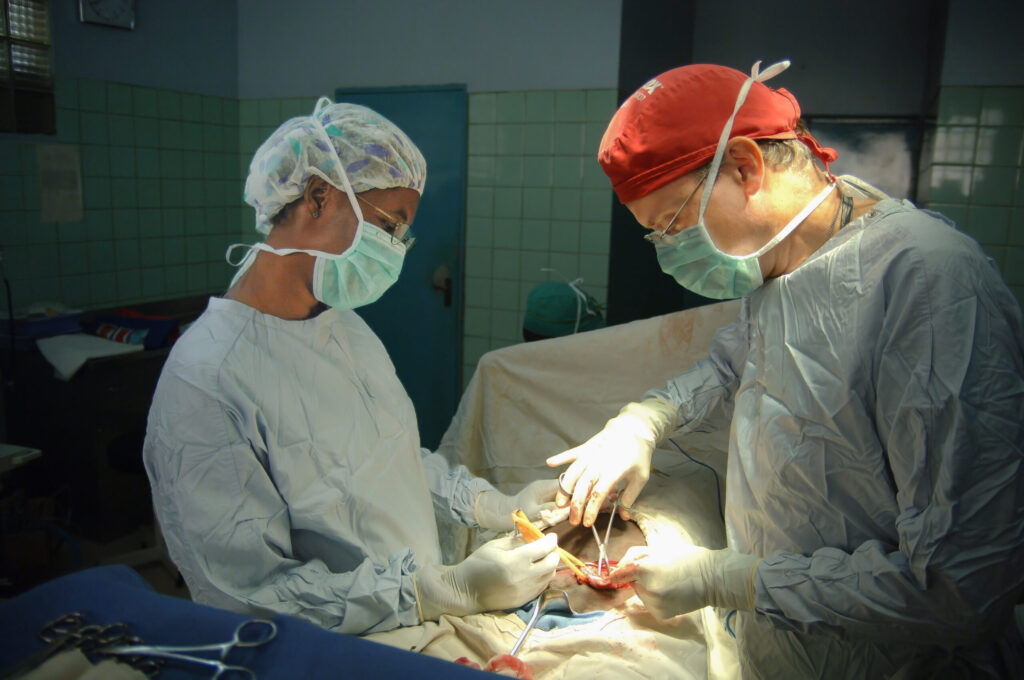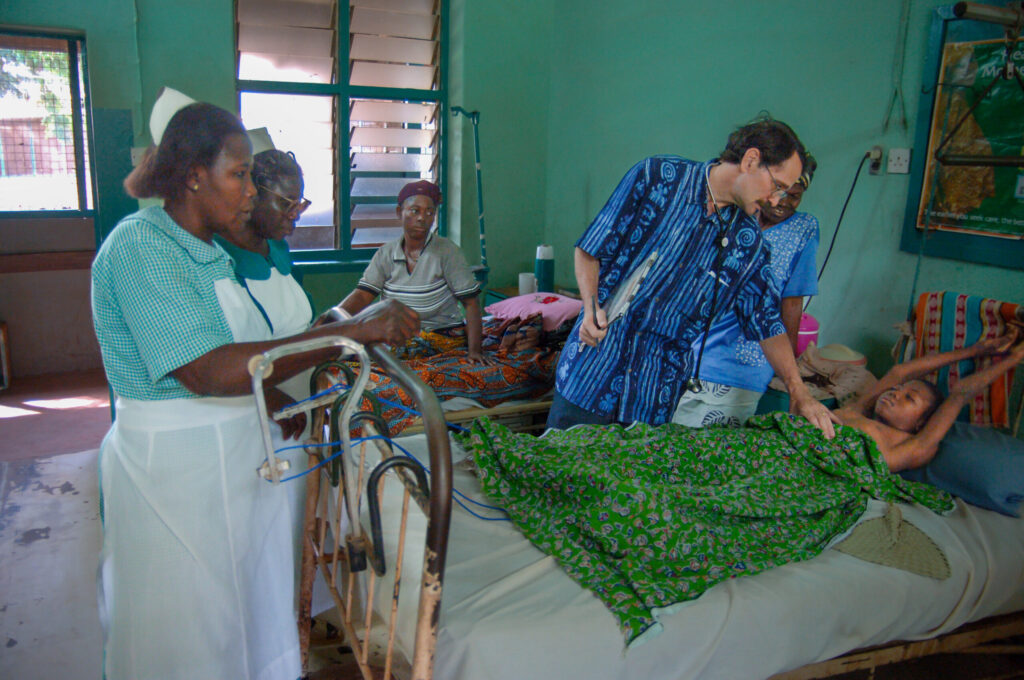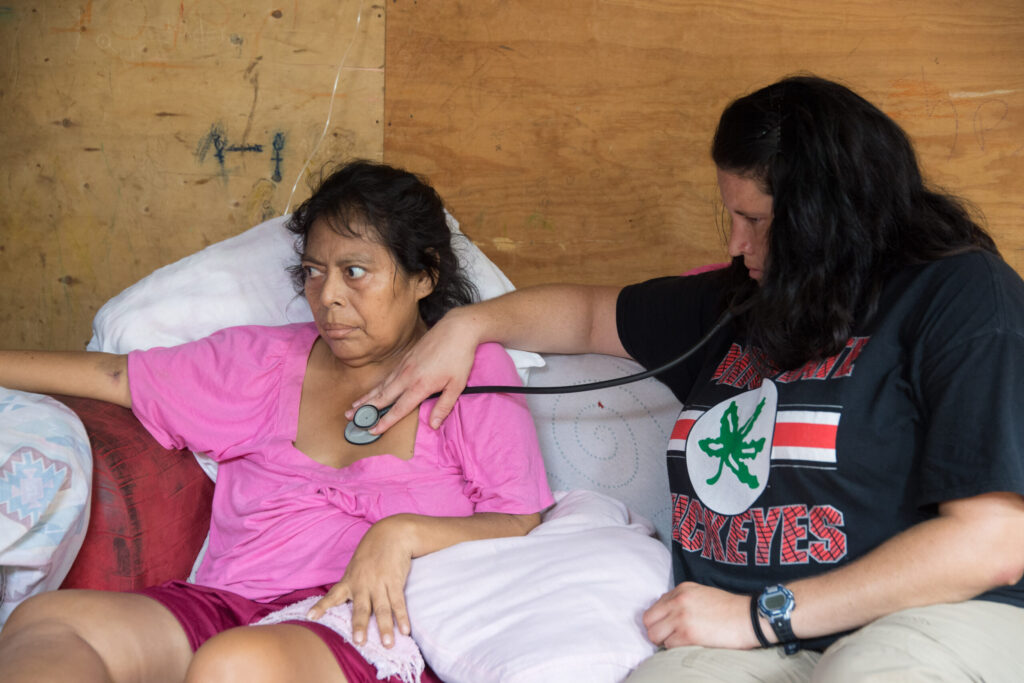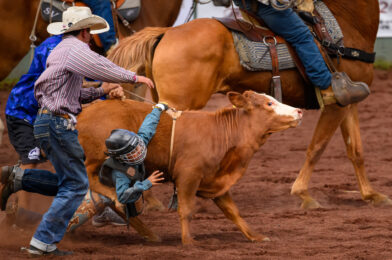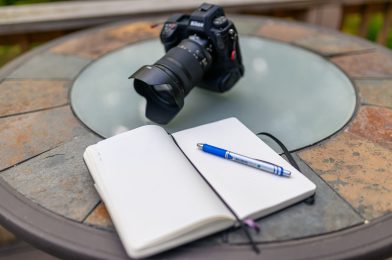As a storyteller and brand builder, I’ve found that embedding GPS data and utilizing facial recognition in my photography workflow enhances my organization and adds immense value for my clients. These tools go beyond the basic EXIF data, providing deeper insights and context to each image.
📍 The Power of GPS in Photography
With my Nikon Z9, GPS data is embedded directly into each photo. For my Nikon Z6, I sync GPS data using my smartphone, ensuring location information is captured even when the camera lacks built-in GPS. This geotagging is invaluable, especially when revisiting shoots or organizing large photo libraries. Camera Bits, Inc.+2forums.camerabits.com+2Camera Bits, Inc.+2
However, GPS signals can be unreliable indoors. I take a single photo outside the building to capture accurate GPS data to address this. Then, using Photo Mechanic, I apply this GPS information to all other images from the session:
- Select all relevant images.
- Right-click and choose “Set GPS Coordinates.”
- Input the GPS data from the outdoor photo.
- Click “Accept Location” and then “Apply to All.” forums.camerabits.com+3forums.camerabits.com+3Camera Bits, Inc.+3YouTube+8Camera Bits, Inc.+8forums.camerabits.com+8
This method ensures consistency across your photo set, even when GPS data isn’t available for every shot.
🧑🤝🧑 Organizing with Face Recognition in Lightroom
Lightroom Classic’s facial recognition feature is a game-changer for organizing photos: Tutkit.com+7Adobe Help Center+7Adobe Help Center+7
- In the Library module, switch to the People view by selecting View > People or pressing “O.”
- Lightroom scans your catalog for faces, grouping similar ones.
- Assign names to recognized faces, allowing Lightroom to tag them across your library. Honcho+3Adobe Help Center+3Tutkit.com+3SLR Lounge+3Honcho+3Lightroom Killer Tips+3
This system becomes more accurate over time, making locating photos of specific individuals easier, whether for personal memories or client projects.
🔍 Enhanced Search Capabilities
Combining EXIF data, GPS information, and facial recognition allows for powerful search functionalities:
- EXIF Data: Search by camera settings like aperture, shutter speed, or ISO.
- GPS Data: Find photos taken at specific locations or within certain geographic areas.
- Facial Recognition: Quickly locate all images featuring a particular person.
This comprehensive metadata approach streamlines finding and organizing photos, saving time and enhancing efficiency. Camera Bits, Inc.
🤝 Benefits for Clients
When working with clients, these tools offer additional advantages:
- Event Coverage: Clients can easily identify and access photos from specific events or locations.
- Personnel Tracking: Facial recognition helps catalog images of staff or participants, which is helpful for internal records or promotional materials.
- Customized Deliverables: Providing organized and searchable photo libraries adds value to your service, enhancing client satisfaction.
By leveraging GPS and facial recognition technologies, I improve my workflow and deliver a more comprehensive and user-friendly product to my clients.
For a visual guide on using facial recognition in Lightroom Classic, check out the following tutorial: Tutkit.com+4Adobe Help Center+4Adobe Help Center+4
This video provides step-by-step instructions to help you organize your photos using facial recognition.
Embracing these technologies has transformed how I manage and deliver photographic content, making the process more efficient and enriching the storytelling experience for myself and my clients.
